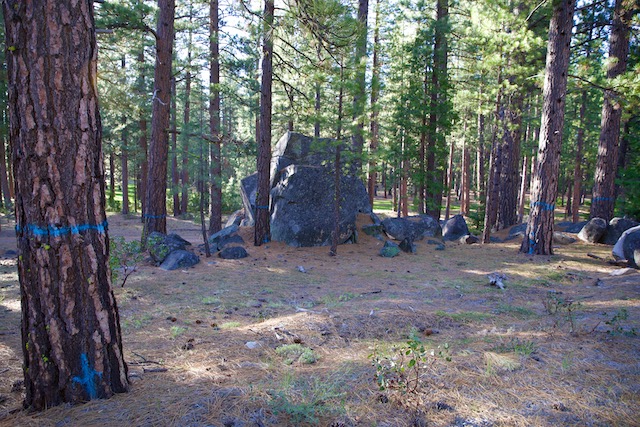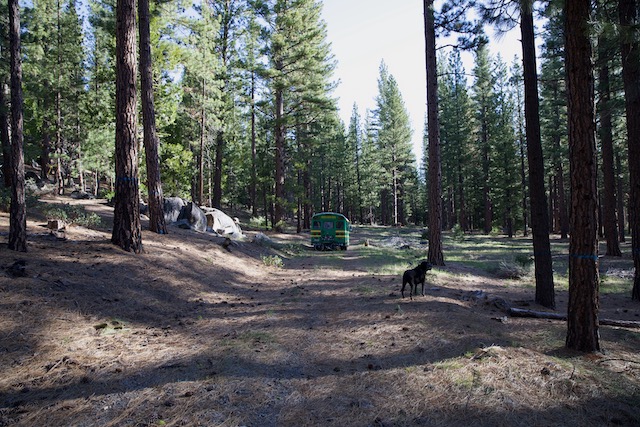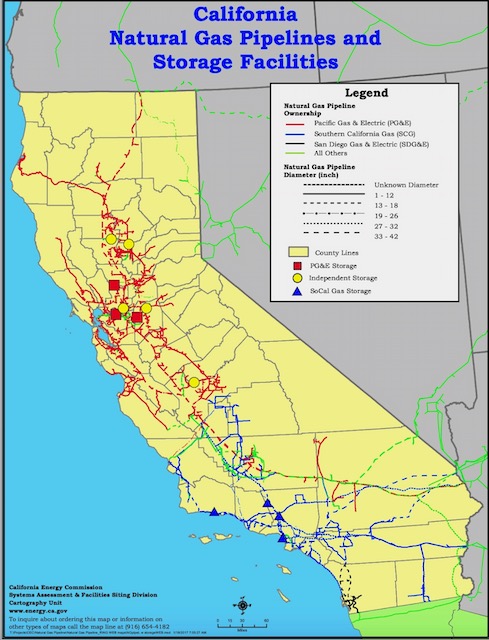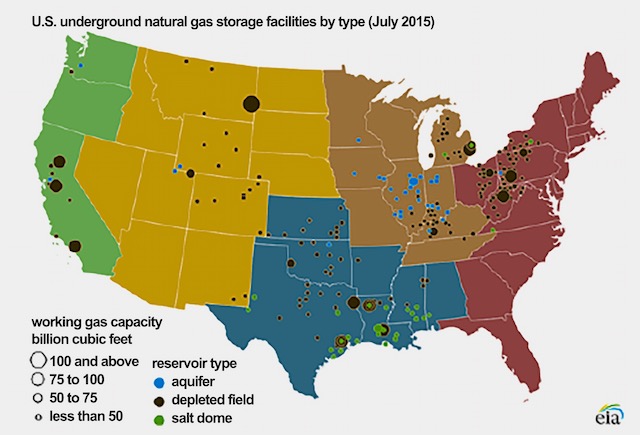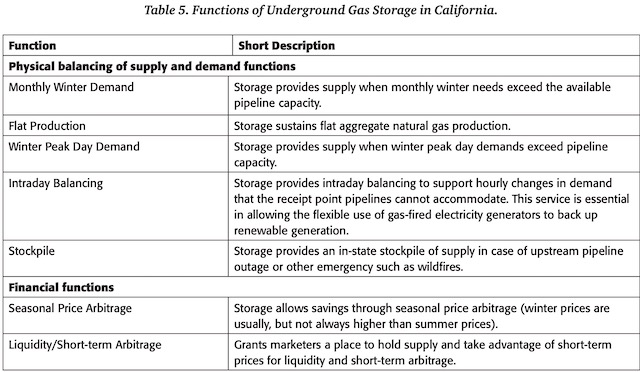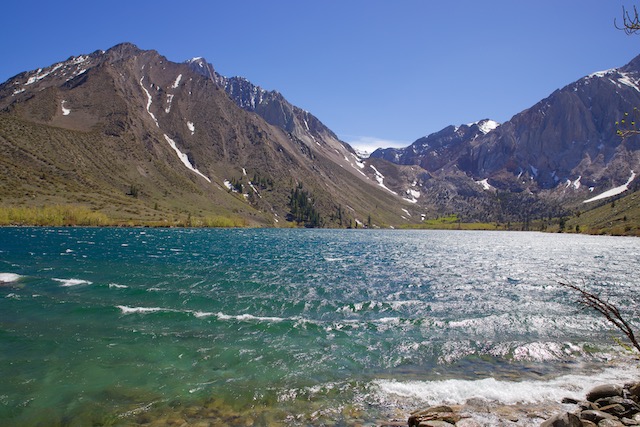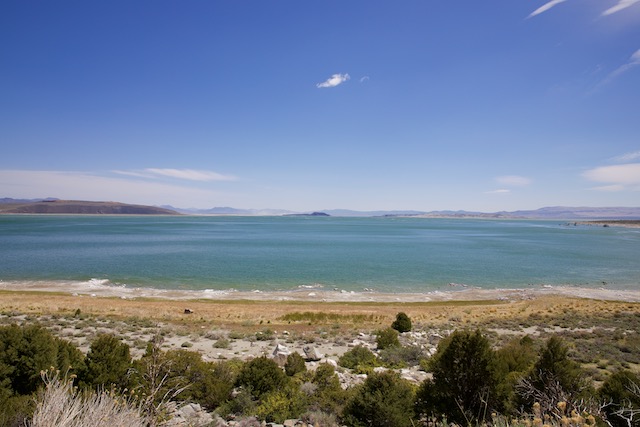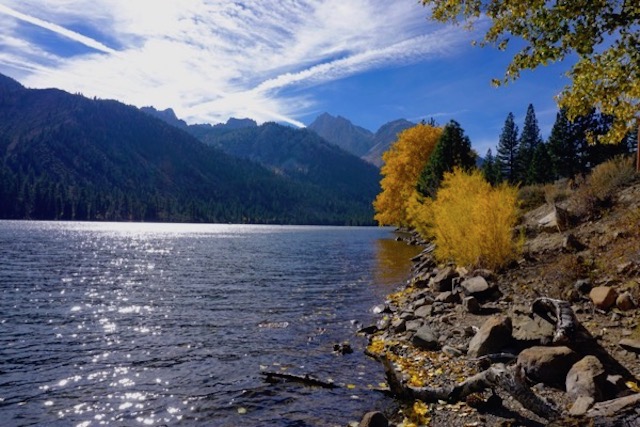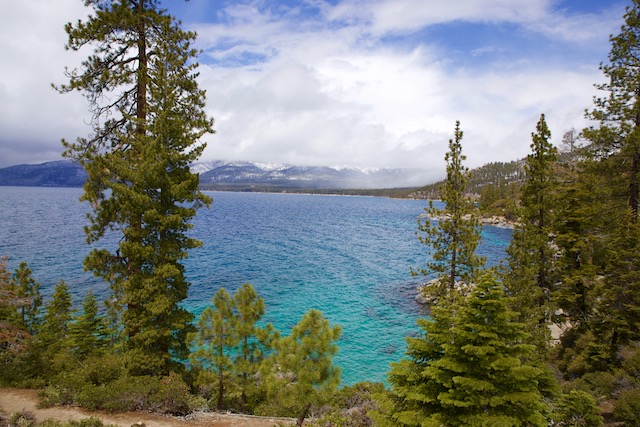Water Infrastructure Money Story Is Masking Huge Policy Failures
Lack of DEP Regulation And Enforcement Is Fueling Health Risks and Funding Deficits
Federal Government Has Abandoned Infrastructure Grant Program And State Oversight
NJ Spotlight TV did a cheerleading piece on Friday on water infrastructure funding – where ironically the Murphy DEP trotted out the Christie DEP “asset management” financial spinmeister (and friend of Bob Martin!) and – surprise, surprise! – corporate planning group NJ Future called for the diversion of COVID money (at a time when more than 33,000 NJ residents are dead from COVID).
Context, history and basic questions went unasked and unreported by Spotlight, including:
- who caused the toxic pollution of Moorestown’s drinking water that forced expenditure of millions of public dollars for an advanced treatment plant? (radiological contaminants are likely natural)
- has DEP enforced State laws and made those polluters cleanup and pay for that pollution?
- are there other towns that face these serious public health risks and financial costs?
- How many towns have installed advanced treatment like Moorestown?
- Why should the public pay to cleanup corporate pollution?
- Didn’t US EPA previously fund water infrastructure with GRANTS? What happened to that federal “construction grants” program? (For some history – unfortunately which begins in FY 1987, AFTER the program was killed – see this Congressional Research Service Report. See this CRS analysis, which includes discussion of grants, local affordability, and unregulated chemicals (“emerging contaminants”) of the current Infrastructure Investment and Jobs Act. For the ideological and systemic causes of overall federal decline, read Chris Hedges – a story we touch upon below, with Lockheed Martin)
Those NJ Spotlight TV reporting flaws spurred my brief Twitter outburst.
I then drafted a scathing and detailed policy response, but was unable to finish and post it because I’m off the grid in Rogue River – Siskiyou National Forest (Go Rogue!)
Traveling this morning and stopped to check in and Jon Hurdle’s followup story today diverted me.
So, here are some answers to the questions I posed above, with my quick note to reporter Jon Hurdle and his editor urging followup coverage:
Jon – Favorably, you did less cheerleading than Brenda’s Friday TV story, you mention the grant issue, and you alluded to the unregulated contaminant issues.
But you did so for only one chemical and one town, when you know that the problem is statewide in scope and that there are 15 outstanding prior Drinking Water Quality Institute MCL recommendations that DEP has simply ignored (including for the chemical perchlorate, the jet fuel contaminant that is a national story). (Your prior coverage of PFAS has illustrated the statewide issues and lack of treatment, but again, the scope is hundreds of chemicals and their lack of treatment highlights a huge regulatory policy failure.) In fact, there was legislation introduced that would have cured some of these problems by legislatively mandating that DEP adopt MCLs (for the contaminant you favorable quote the Mayor on), but that bill was gutted by its own sponsor (see below for bill numbers, legislative testimony, et al).
In addition to those 15 (where there is science, data, and risk assessment already done), there are also hundreds of unregulated chemicals DEP has found in NJ drinking water – that’s why DEP recommended a “treatment based approach” way back in 2010, but never implemented it. That approach was just again supported by a NJ Spotlight Op-Ed last week by Eileen Murphy, formerly head of DEP’s Division of Science and Research who is fully aware of and worked on these issues at DEP:
“PFAS represent the challenge we face in regulating “emerging contaminants” in general. We cannot rely solely on our current chemical-by-chemical regulatory scheme, especially when so many PFAS have little or no toxicity information. Sixteen years to develop three MCLs out of a list of over 12,000 is inadequate. We must develop multipronged solutions that include restricting the use of toxic chemicals and developing safer alternatives; developing innovative remediation technologies to clean up contaminated sites; and treating drinking water for a wide suite of potential contaminants using a treatment-based or class-based regulatory approach.”
There also are many issues related to local toxic groundwater polluter Lockheed Martin, from there HQ and operations – they have not cleaned up their site, and according to their own “CEA” Report filed with DEP, the groundwater plume was migrating off site and impacting a nearby day care center and nearly homes. Lockheed actually tried to mask this issue by not answering a question on DEP’s “bi-ennial certification” report. DEP is not enforcing its own CEA regulations, which do not allow “CEA” plumes to migrate off site and impact sensitive receptors like homes and daycares.
Finally, current DEP Commissioner LaTourette previously represented corporate polluters that successfully sued DEP to block DEP’s attempts to collect financial compensation for toxic pollution of drinking water!That legal loss established some of the precedent that forced the controversial Christie Exxon NRD settlement disaster ($8.9 billion in damages reduced to $225 million, lies than 3 cents on the dollar!)Yet, remarkably, the media has allowed Gov. Murphy to falsely portray LaTourette as a “Erin Bockovich” public interest advocate!
All of the above claims are documented in the posts [above] just in case you are interested in some serious journalism:
[END NOTE: The corruption of the current corporate oriented opportunists is exposed by the fact that we were out in front of the infrastructure issues 16 years ago – before it was hijacked by Foundations and corporate interests . We linked DEP regulation and enforcement with the financial issues, see our testimony to the Clean Water Council in 2005:
- A public investment strategy and regulatory agenda to protect public health, quality of life, drinking water and preserve remaining high quality streams, lakes, rivers, wetlands, forests, & farms
and press work from way back in 2006:
